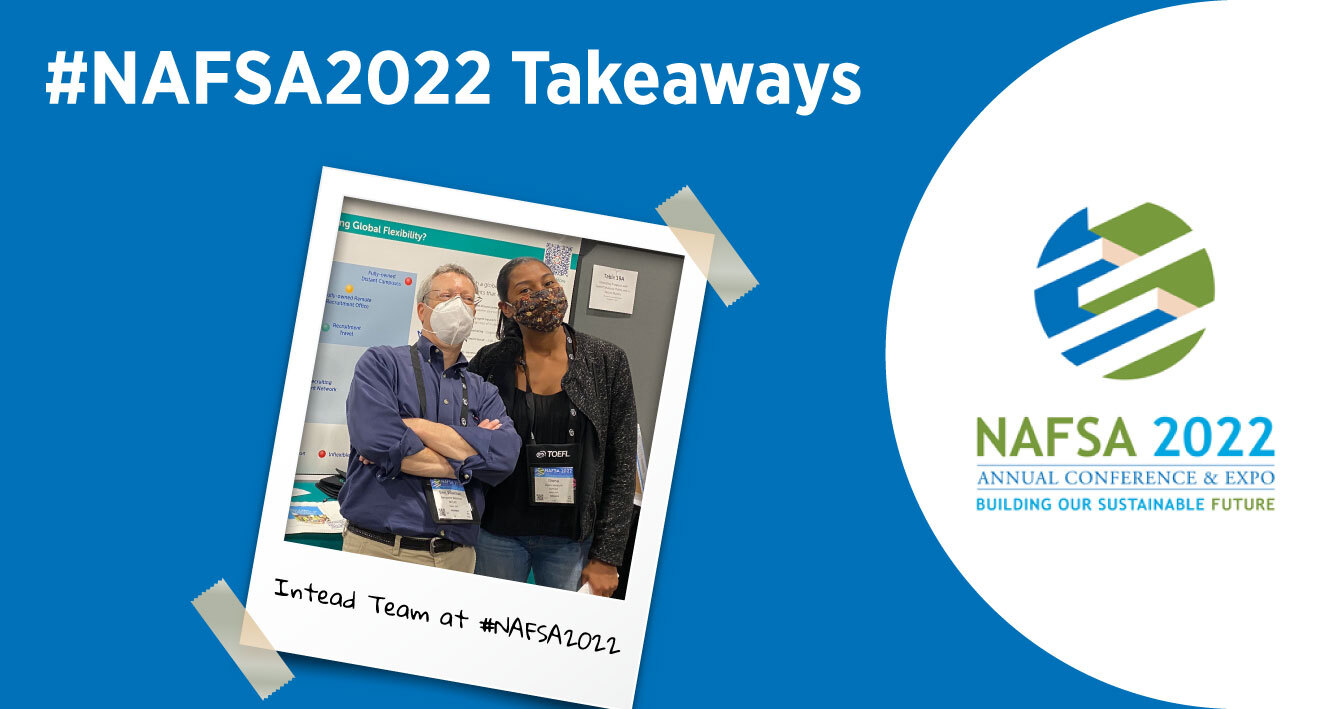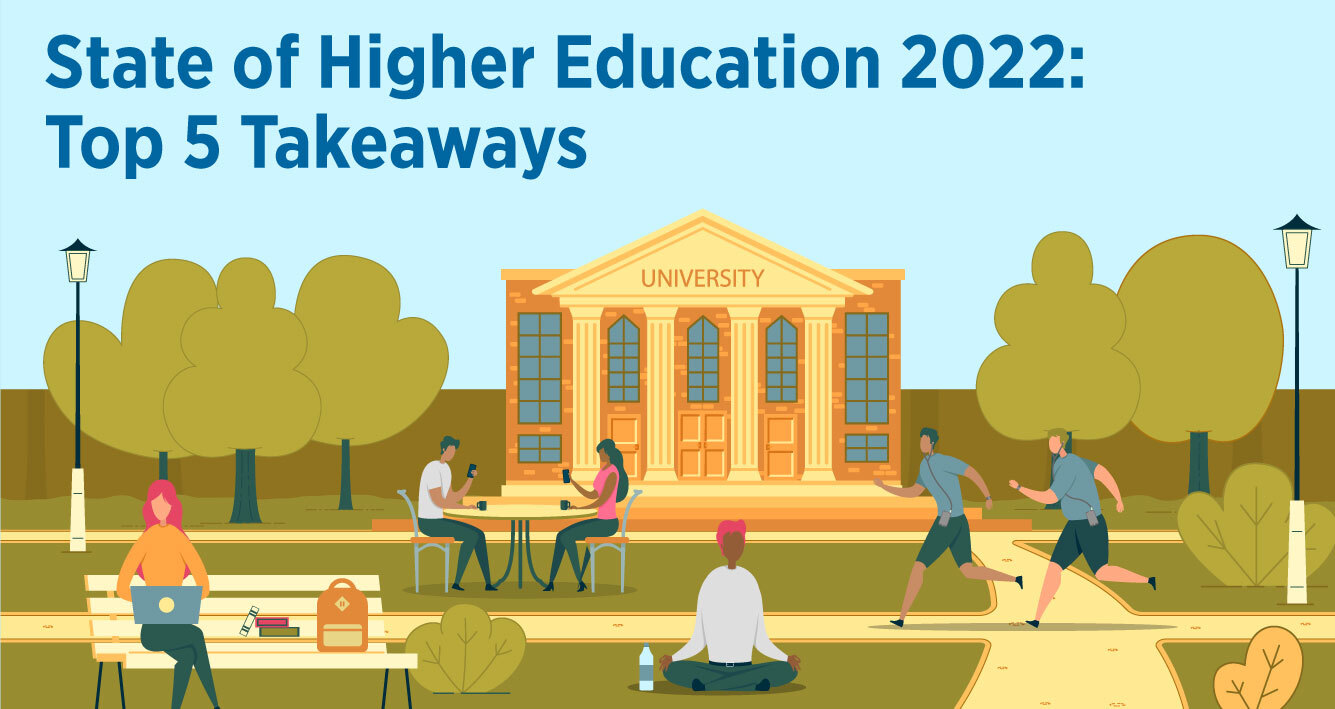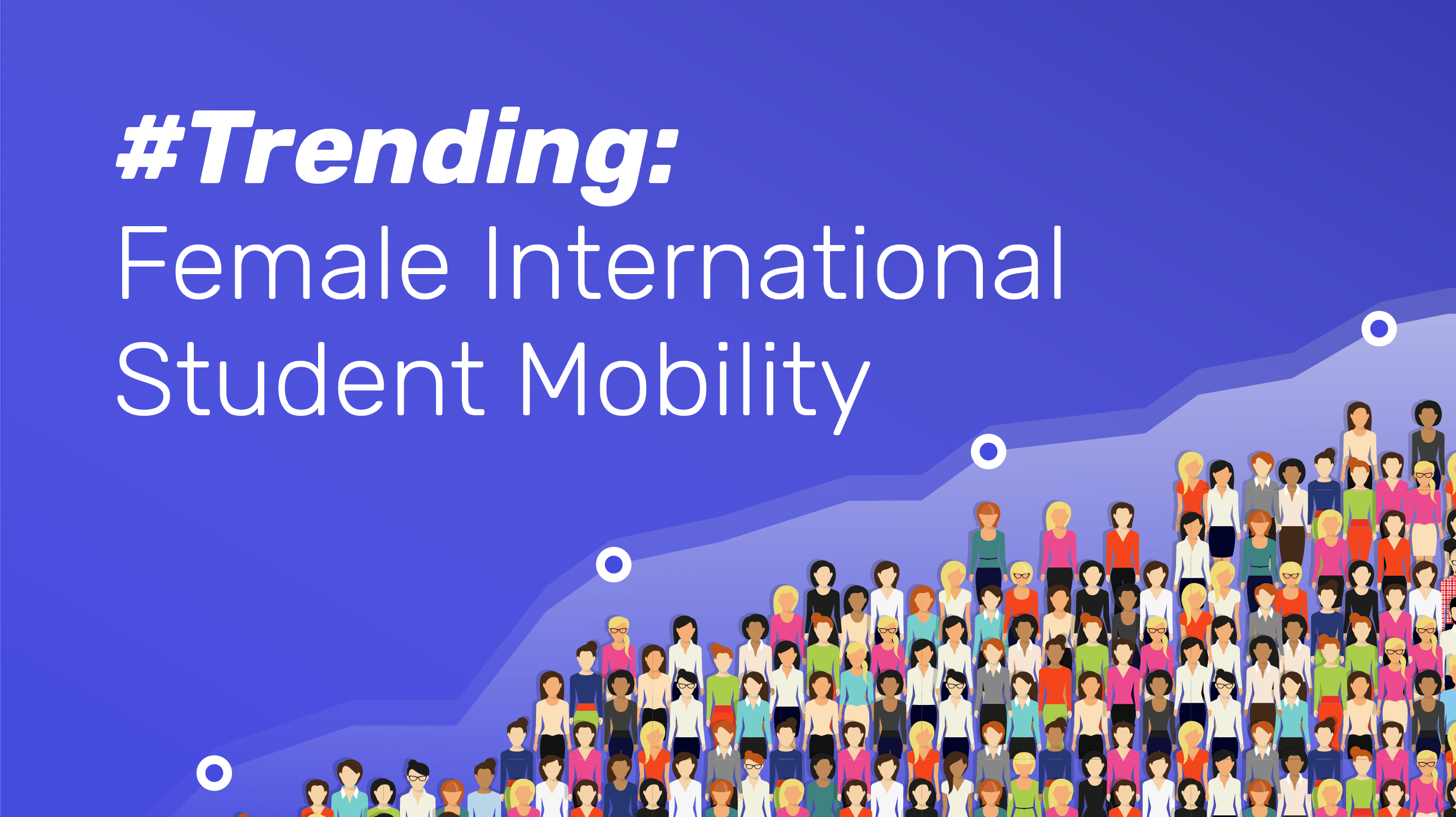Not to brag, but Intead is a pretty great place to work. When the team gathered at an all-day retreat earlier this fall, I was reminded why I love what I do. I work with some really interesting and insightful people. And the work we choose to engage in is something I’m so proud of.
While Ben and Iliana are presenting at NACAC in Baltimore this week, I'm stepping into the Intead blog to offer some perspective on how you might step back from your day to day and apply some big picture thinking. The Intead team invested some serious and playful energy in a full day off-site retreat to push us all forward.
I know this tale sounds familiar, so let me back up and be clear as to why it’s anything but, I’m new(ish) here as the marketing communications director, but definitely not new to student-focused marketing or team dynamics.
When you engage with a team that clicks, you know. This is one of those. And our clients notice it, too.
The retreat, led by our fearless leader, who you absolutely do know (Ben, of course!), was an immediate and personal introduction to all the internal members, even those streaming into our Boston-area event from Portugal and India. Until the retreat, I hadn’t actually yet had a chance to sit in one room with everyone on our international marketing team all at once. I’m so glad we took the time to do it.
It’s amazing how easily the banter flowed regardless of distance. Having worked at tech start-ups and large marketing agencies with global presence alike, I know it requires special effort to make distance and valuable communication work. But here, it’s clear that people are the priority, which makes connecting so much easier and genuinely enjoyable. If you’ve worked with us, then you know just what I mean. And if you haven’t, let us show you!
The retreat gave us each time, space, and encouragement to explore how we tackle business challenges as individuals as well as a collective. And yes, some of the “business” problems involved linguini and marshmallow. But we got real, too.
Read on for a couple of salient strategic growth recommendations around points of tangency and infinite games. Yes, this relates to your work in enrollment management.
Read More

.jpg)








